Google Ads is rolling out expanded controls and richer reporting for Performance Max campaigns, giving advertisers worldwide more ways to steer automation and understand results.
What’s new
The update, released on 8 August 2025, adds audience settings, clearer new-customer metrics, and deeper creative insights. Google announced the changes in its product help center.
- Campaign-level negative keyword lists can now be applied across all Performance Max campaigns.
- Search theme capacity increases from 25 to 50 per asset group.
- Device targeting supports full exclusions for desktop, mobile, tablet, and TV screens.
- Age exclusions are available globally, and gender targeting is in closed beta.
- "Unknown" labels are removed from new-customer reports after logic improvements.
- New diagnostics highlight missing tags or goal errors and offer in-platform fixes.
- Final URL Expansion assets appear in asset reports, and advertisers can remove any auto-generated text or images.
- Built-in image recommendations suggest sizes suited to YouTube, Discover, and Display placements.
Why it matters
Performance Max debuted in 2021 as Google's first campaign type that optimizes across Search, Display, YouTube, Gmail, and Maps from a single budget. Early adopters criticized its "black box" approach, prompting Google to introduce brand exclusions, placement reports, and asset-level data in 2023.
The August 2025 release is the largest wave of manual controls to date, bringing Performance Max closer to the feature set of standard Search and Display campaigns.
Key takeaway for marketers
Advertisers now have more granular levers - from negative keyword lists to device exclusions - to protect brand safety and refine spend. The additional diagnostics and asset-level reporting should also shorten optimization cycles and improve creative relevance.
Source
Google Ads Help: "Performance Max campaign updates" (8 August 2025)

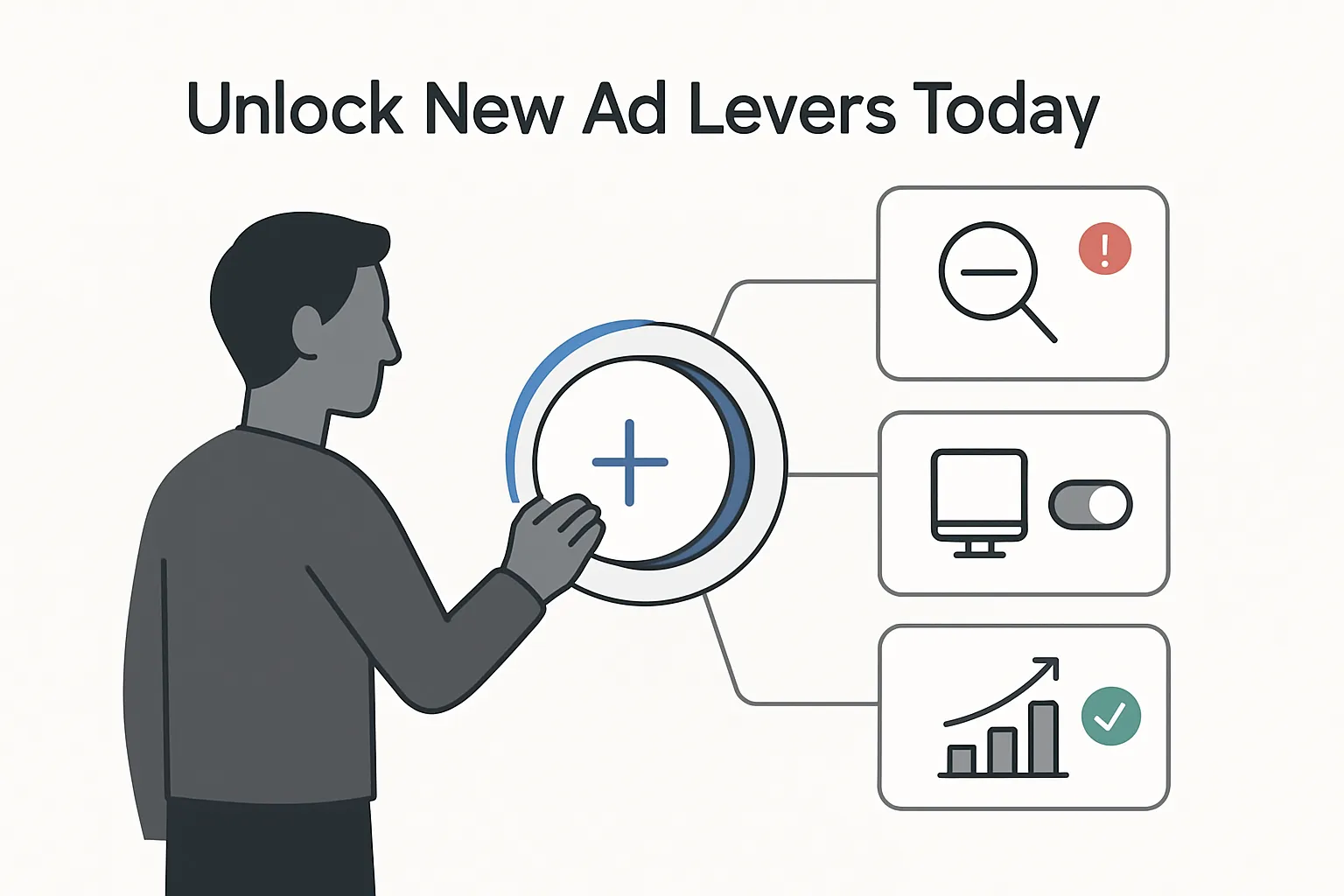

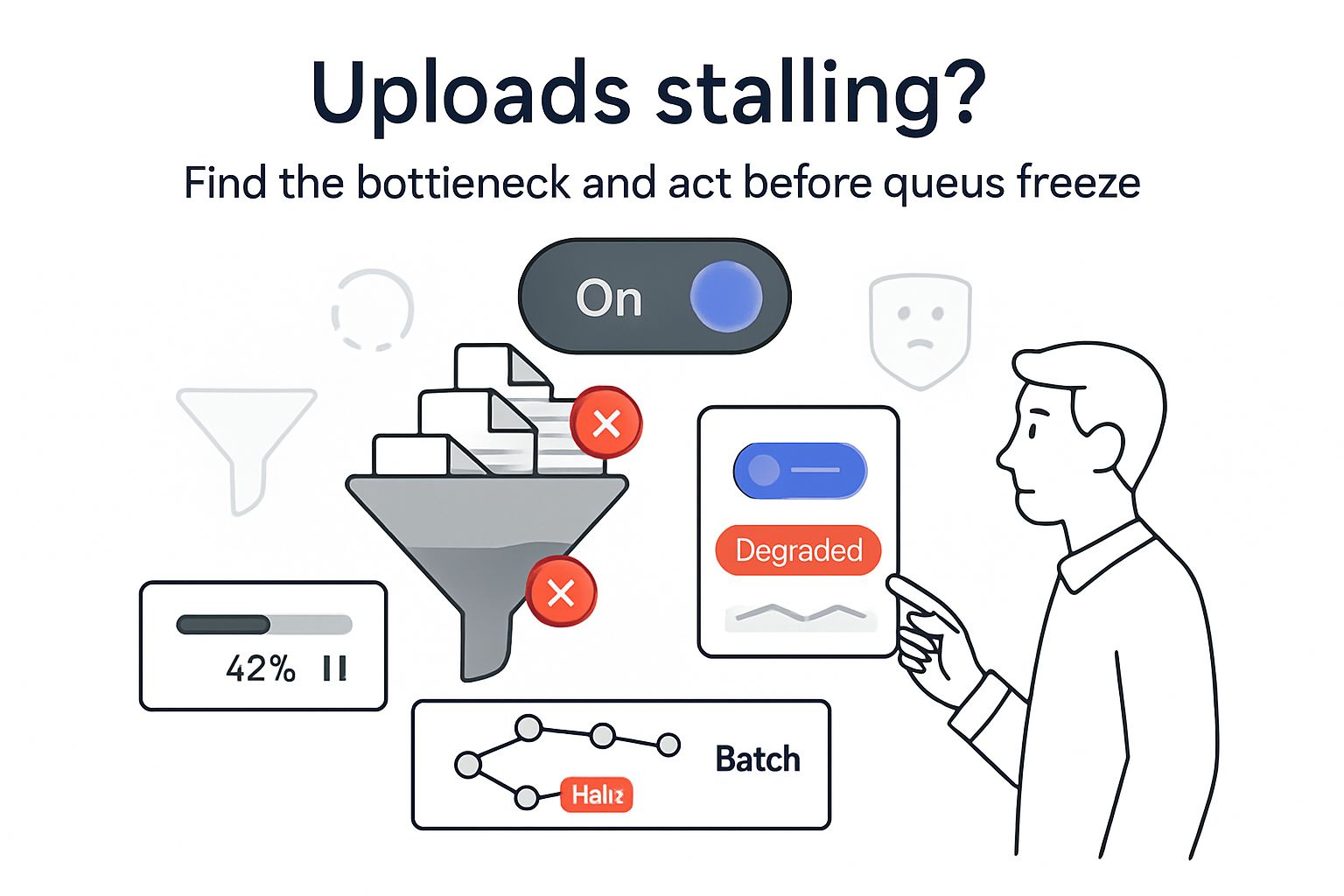
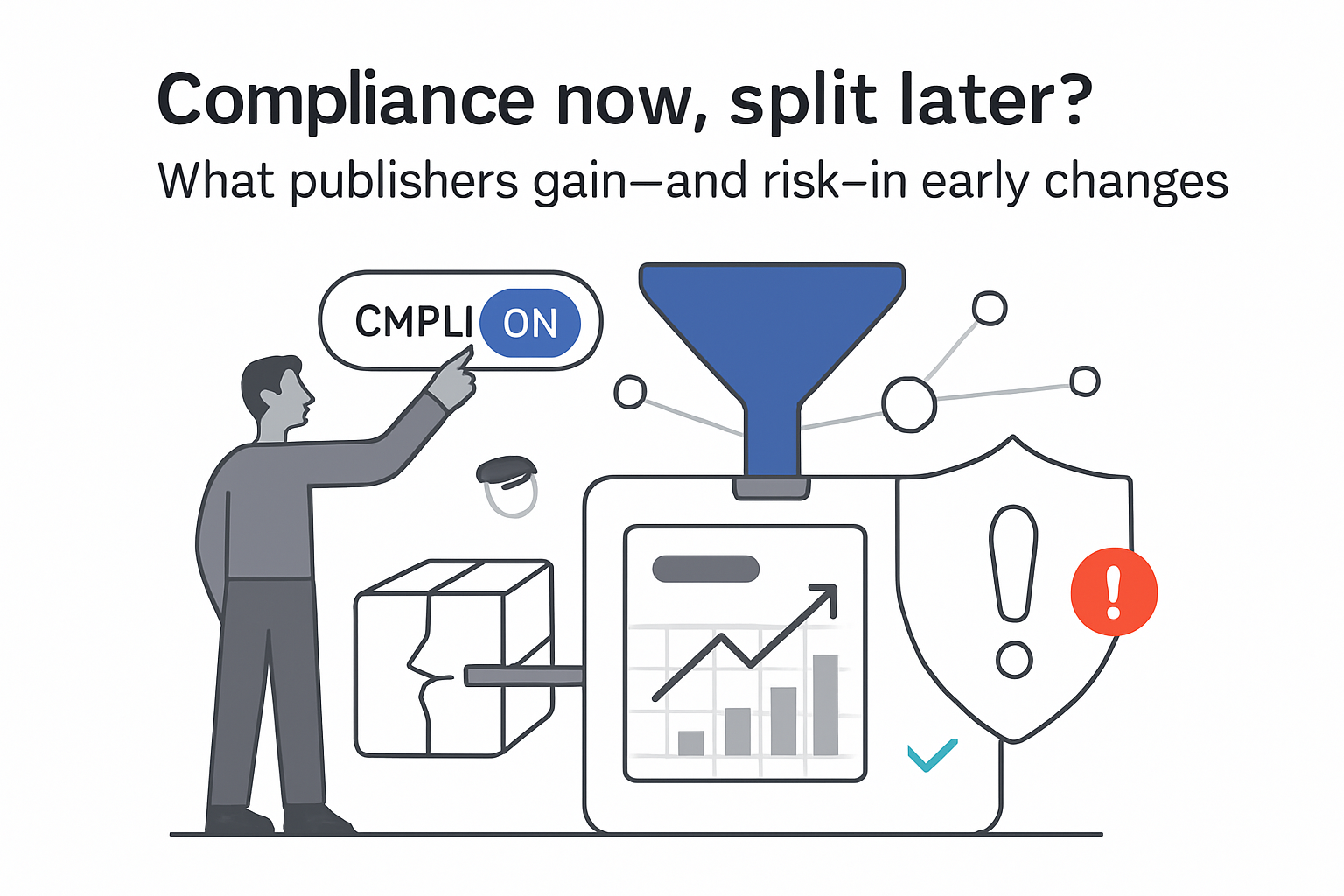
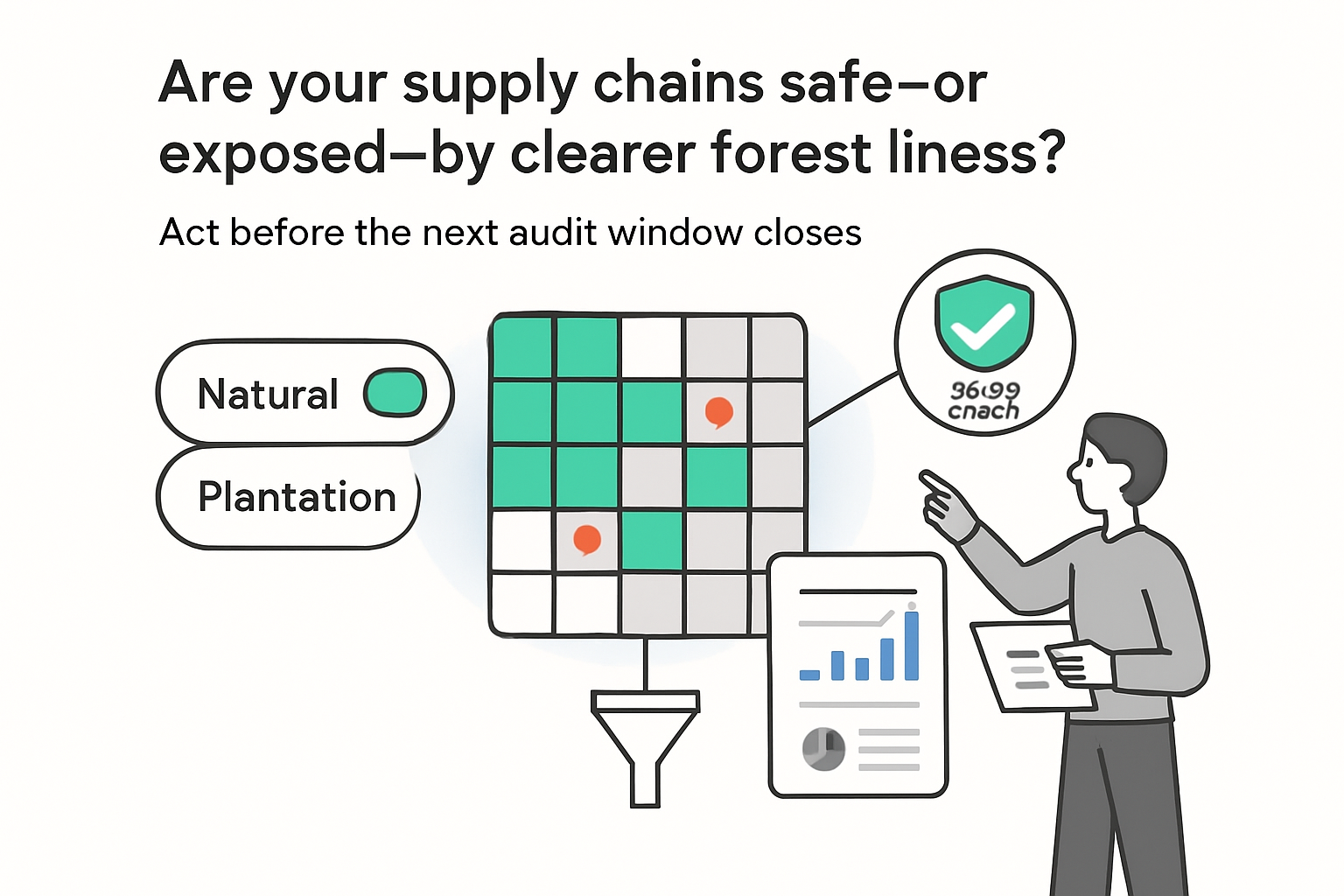
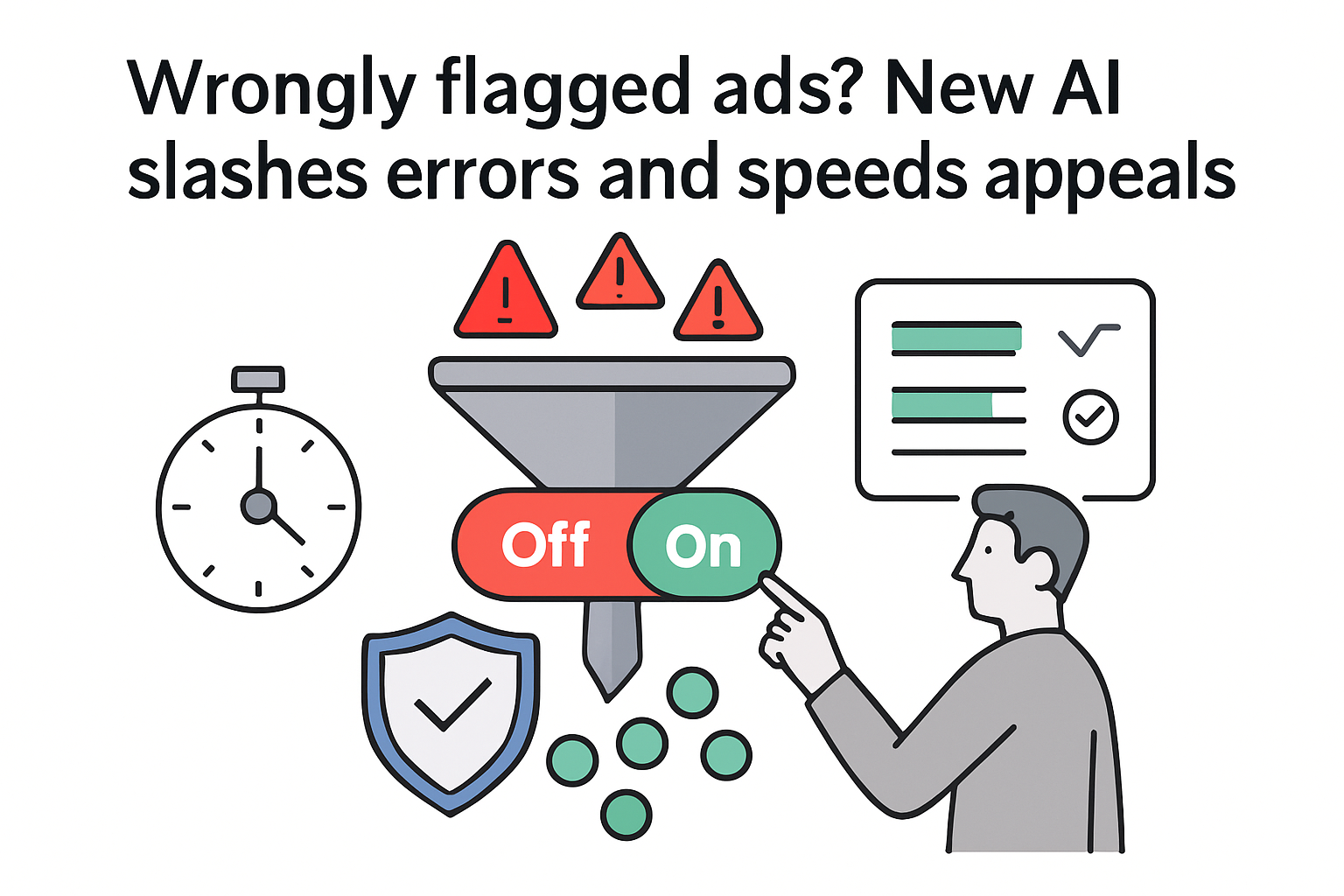
.svg)